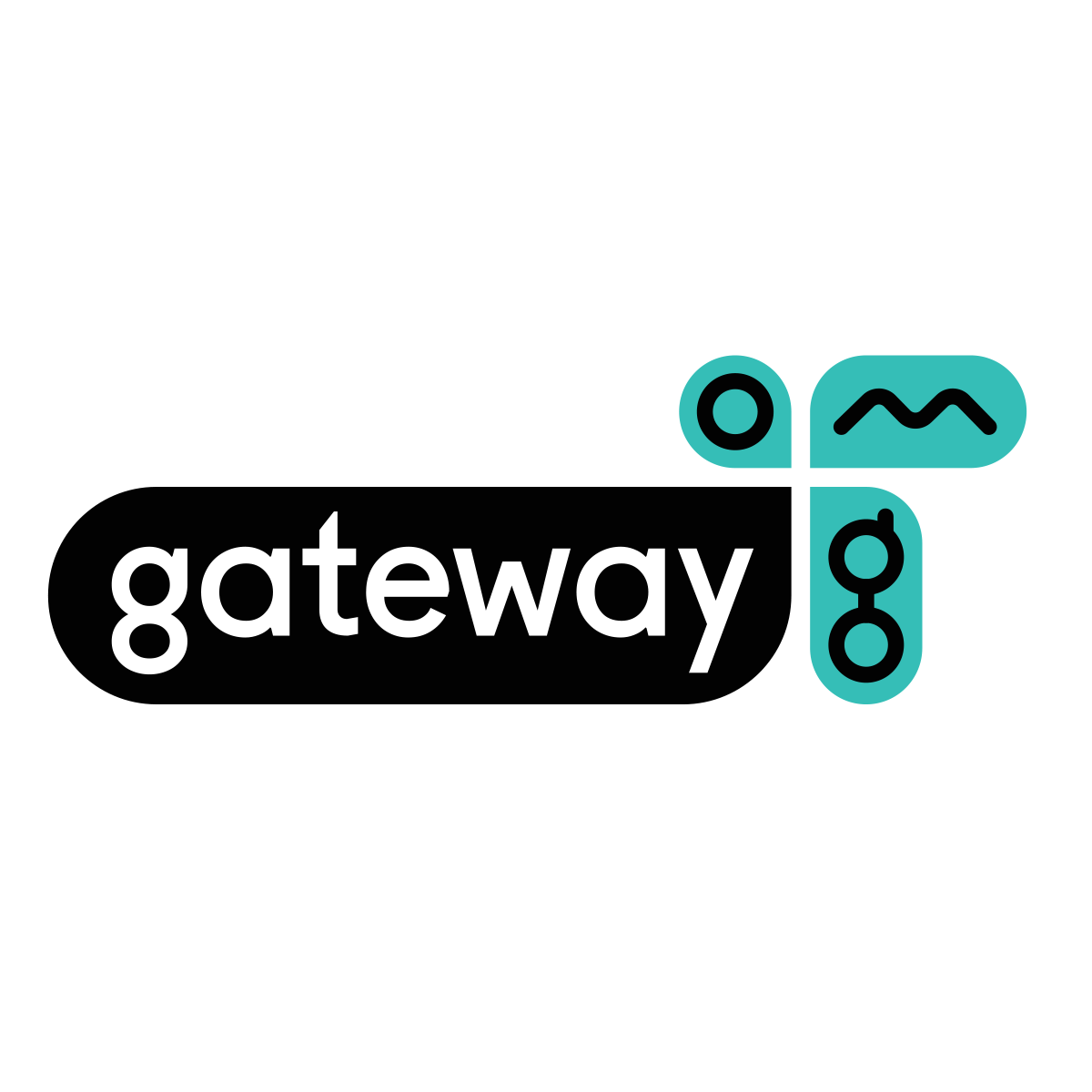What is AWA?
The Analytical Writing Assessment (AWA) consists of one 30-minute writing task called Analysis of an Argument. In this section, you must read a brief argument, analyze the reasoning behind it, and then write a critique of the argument. You are not asked to state your opinion but rather to analyze the one given. You may, for example, consider what questionable assumptions underlie the author’s thinking, what alternative explanations or counterexamples might weaken the conclusion, or what sort of evidence could help strengthen or refute the argument. —Official GMAT Review 13th Edition
In the series of different sections that you are going to attempt on the GMAT, AWA is the first in line. As a GMAT taker myself, I find the AWA as an overture that sets the mood for an exciting journey ahead. This section is meant for you to display your ability to analyze well and write professionally. So ensure that you leave no stone unturned to make a good impression!
Why AWA?
First, as you might already know, the scores for AWA and Integrated Reasoning (IR) are not published immediately after your test. Rather, you receive them two weeks later, along with your official scorecard. Therefore, your score out of 800 doesn’t include your AWA and IR performance. So you ask, then why bother giving your best shot for AWA and IR? This is one common question that lingers in the minds of many GMAT aspirants like you. Well, the answer is short and simple. Business schools use your AWA score as a precautionary tool to assess your writing skills and critical thinking against your application essays. Suppose your application essays are Pulitzer Prize-winning material, and your AWA reflects writing skills of a primary class student, in that case, you are definitely giving all the reasons to Admission Committees to cast doubt on your capabilities. This is the reason why you are encouraged to write your own essays, and then take help only for the editing stage. From my personal experience, the AWA helps me warm up my neurons for the marathon Quantitative and Verbal sections. It helps me to do a sanity check on my critical reasoning, reading comprehension and, most importantly, sentence correction skills before the big battle!
5 Quick Tips for a Perfect 6!
- Read the question carefully!
Needless to say, if you do not know all parts of the given argument, your response will not be able to exhibit clear critique of the argument.
- Do not start to write immediately!
Take a few minutes to think about the question and plan your response before you begin writing. Try identifying the author’s assumptions and the premises in which they are correct or wrong. You may find it helpful to jot down some ideas and create a brief outline on the erasable notepad provided. Take care to organize your ideas and thoughts so that you can articulate them easily and accurately.
- Qualify all the examples you use!
Imagine that the AWA essay is a report to your senior management—you certainly want to include a few examples and counterexamples to justify or contradict the argument. If you do not qualify those examples and illustrate clearly the premises and assumptions that support them, then expect not-so-happy senior managers!
- Focus on analyzing and critiquing a line of thinking or reasoning!
Get used to asking yourself questions such as the following: What questionable assumptions might underlie the thinking? What alternative explanations might be given? What counterexamples might be raised? What additional evidence might prove useful in fully and fairly evaluating the reasoning?
- Be Narrative!
Demonstrate control of language, including diction and syntactic variety. Your response should be coherently, logically and appropriately introduced and meticulously concluded. Try to paint a picture that is both for and against the argument because the nature of these essay questions is in general subjective rather than objective. So you may want to start with contradicting a few of the assumptions made by the author, and then justifying the ones that are correct, and finally, concluding with a balanced view.
That’s all for now, folks! Good luck and happy studying!
ICON+ is Singapore’s leading test preparation specialist with over 20 years of experience. Book your FREE diagnostic test now and have a chat with our consultants on how to best achieve your learning goals. Take your first step to higher education today!



